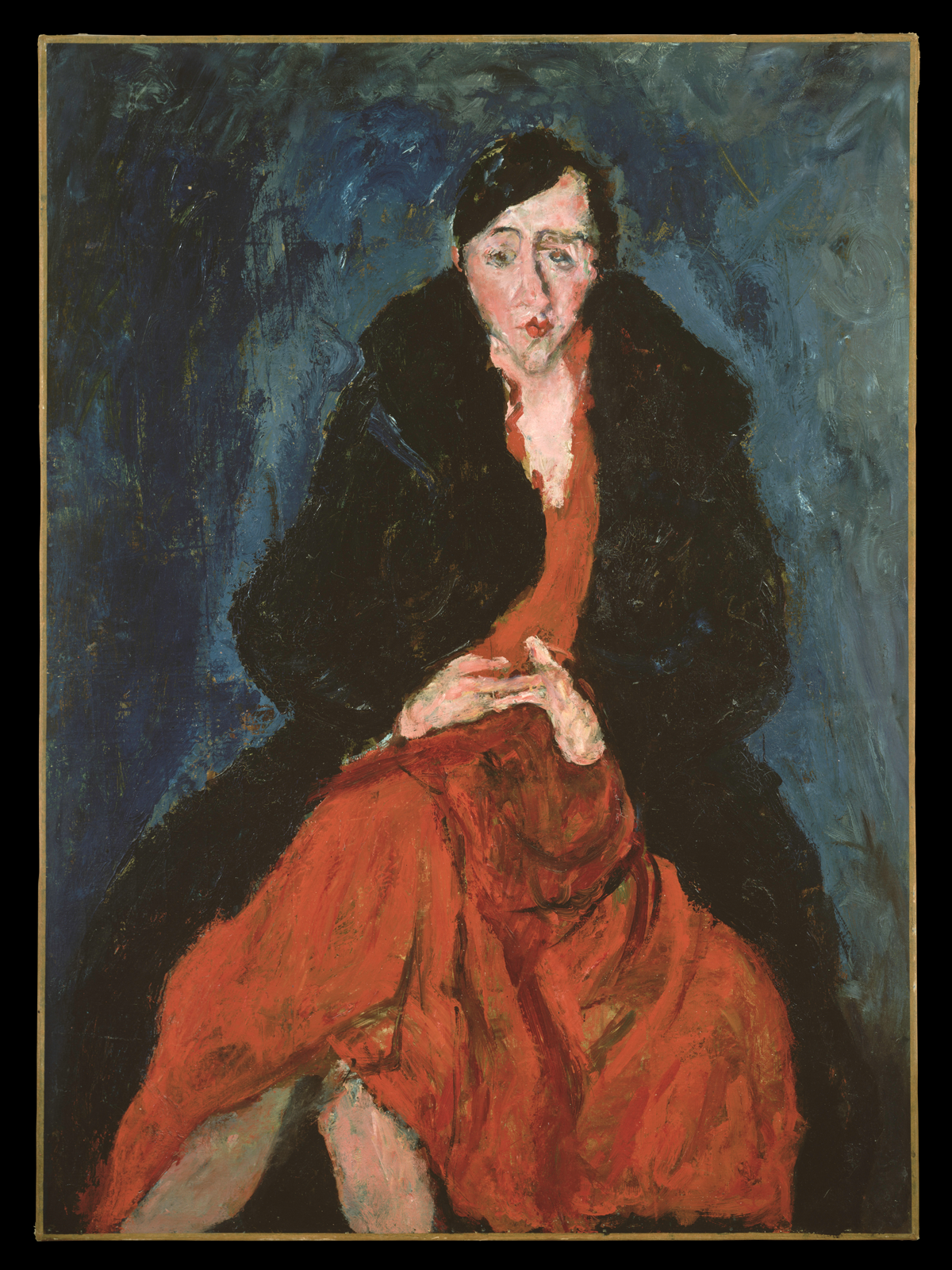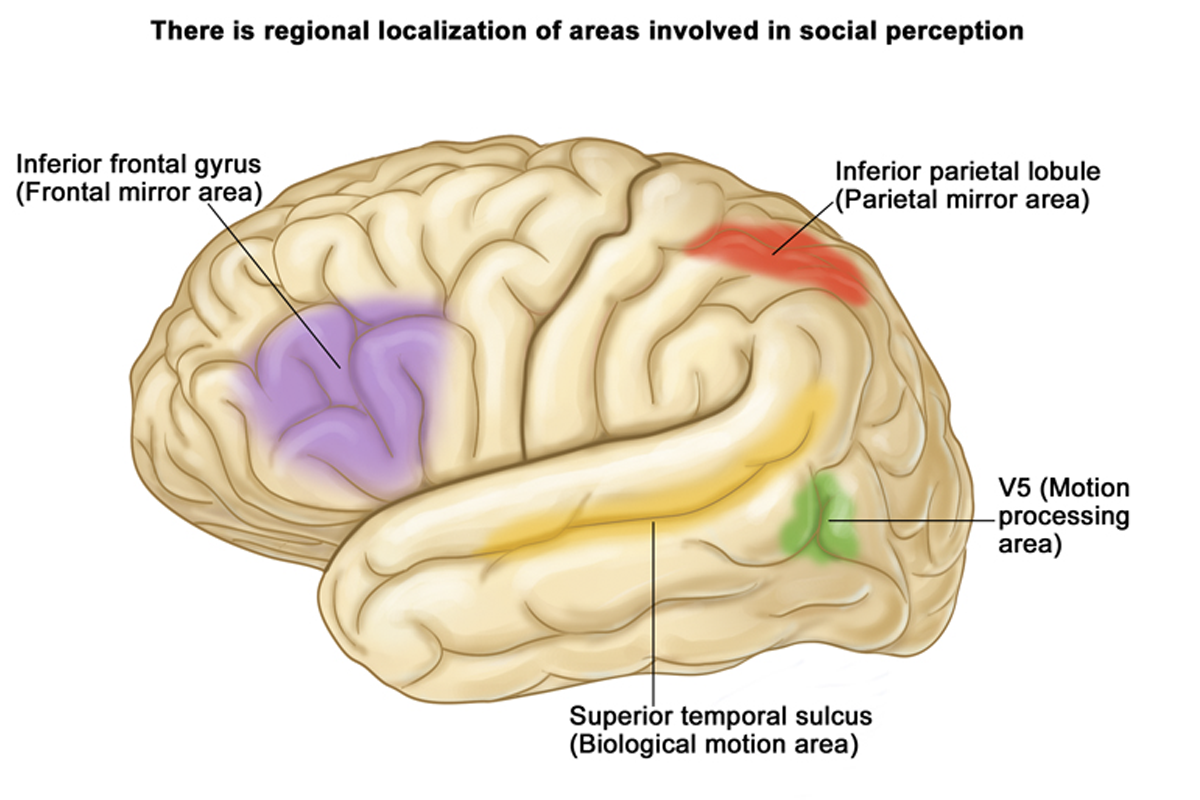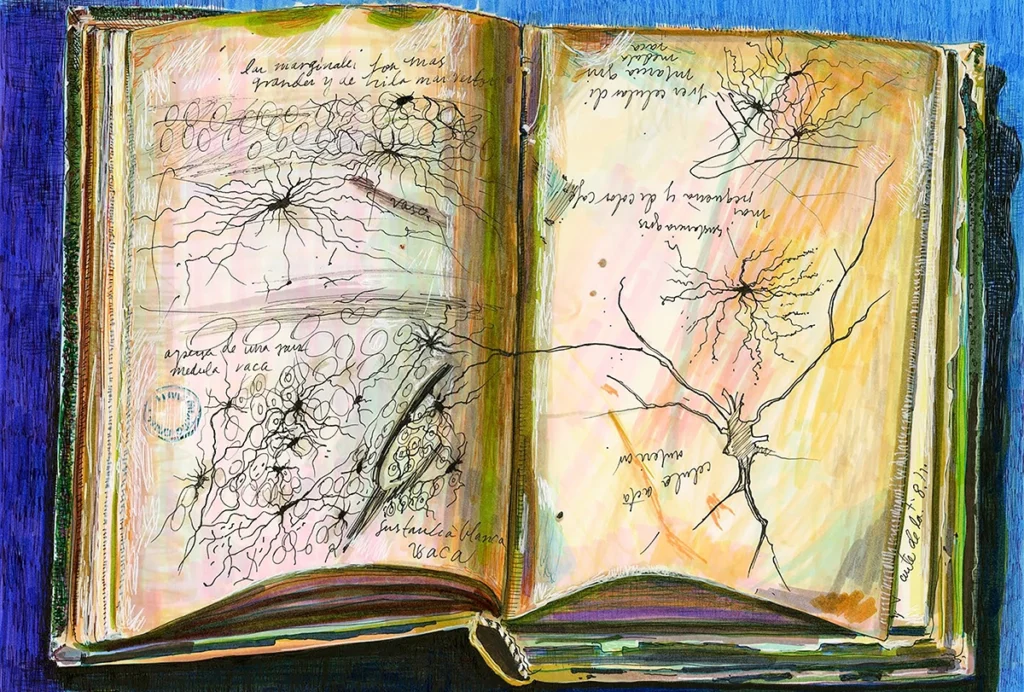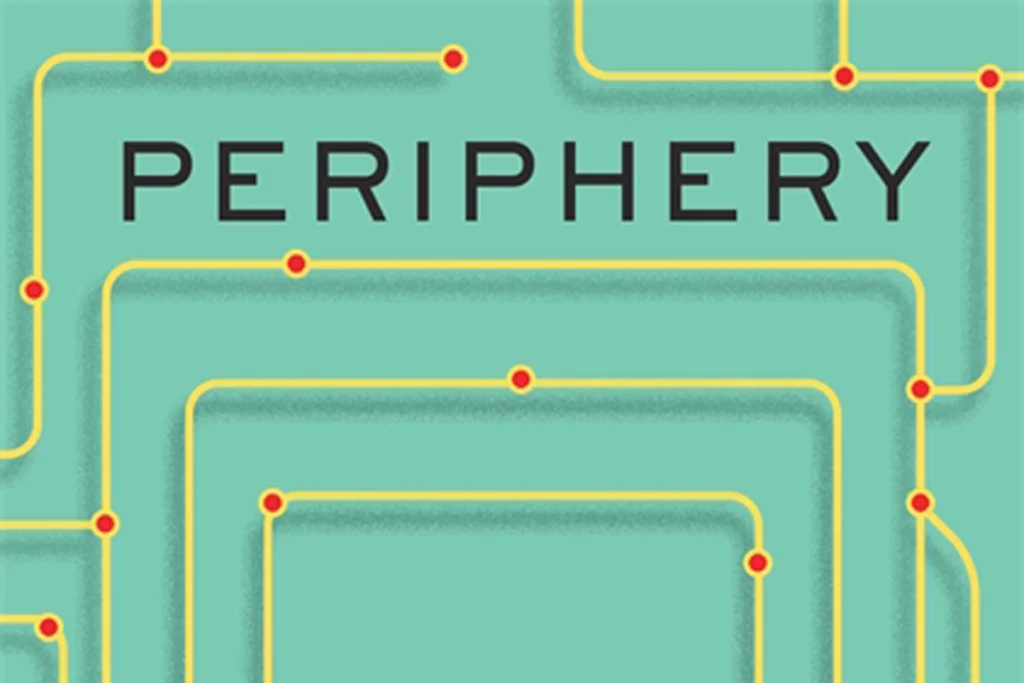The use of strong tactile elements in a painting adds an important dimension to the beholder’s response. One of the first art historians to emphasize this was Bernard Berenson. In The Florentine Painters of the Renaissance he argued that “the essential in the art of painting . . . was . . . to stimulate our consciousness of tactile values” and thus to appeal to our tactile imagination just as much as the actual objects do. Berenson goes on to say that form—volume, bulk, and texture—is a principal element of our aesthetic enjoyment. In viewing a Giotto, for example, our visual sensations are translated into sensations of touch, pressure, and grasp. Such visual perception is a unified experience of mind and body, both physiological and psychological unity.
Perception involves a number of senses, not just vision. In evaluating the beholder’s response to art, historians have often underestimated the brain’s ability to coordinate the interaction of our senses, particularly the visual and the haptic but also, when appropriate, the sense of taste or smell. In recent years the classical idea that the brain processes the various senses separately has been replaced by a new conceptual view of a “metamodal” brain whose organization facilitates the carrying out of multisensory tasks.
Modern brain science has revealed that several regions of the cortex thought to be specialized for processing visual information are also activated by touch. One particularly important region is the lateral occipital complex, a region of the cortex that responds to both the sight and the touch of an object. The textures of objects also activate neurons in a neighboring area, the medial occipital cortex, whether those objects are perceived by the eye or the hand. This is why we can easily identify and distinguish between different materials—skin, cloth, wood, or metal—and can do so at a glance.
Brain-imaging studies have revealed that the way visual information about materials is coded changes gradually. In the early stages, visual processing of a painting or any other object is completely and solely visual. Further processing results in a multisensory representation of the object in our brain (specifically, in the fusiform gyrus and collateral sulcus) that enables us to categorize different materials. In these higher regions of the brain, perception of texture, is intimately tied to visual discrimination, because this part of the brain’s visual system has a robust and efficient set of mechanisms for processing textured images. Indeed, cross-modal association is key to the brain’s experience of art.
In addition to visual and tactile interactions, our brains can recruit powerful emotions—sometimes pleasure, but often fear, anxiety, and uncertainty—in response to paintings, such as the torturous, asymmetrical, and existential images of French painter Chaïm Soutine. In 1900 the great Viennese art historian Alois Riegl was the first to try to bridge art history and science by focusing on the psychology of perception. Riegl argued that no work of art is complete without the response of the beholder, the beholder’s share. Today we can begin to outline in a preliminary way a set of neural circuits for the beholder’s share that goes considerably further than Berenson’s important beginning. The figure below shows that in addition to visual perception of an image, including the translation of the visual experience into tactile sensations, the brain contains a representation of the face, particularly the emotion conveyed by the face, which is mediated through the amygdala, the executive structure for emotion. The beholder’s share also includes perception of the body, the body in motion, emotion, simulation, empathy, and theory of mind.
I focus here only on a few, more recently delineated components of the neural circuit of the beholder’s share. Moreover, although I schematically illustrate the various components that contribute to the beholder’s share as interacting in a linear manner, in fact they do not. They also have important additional connections, including feedback connections with one another. Higher-order cognitive areas involved in the theory of mind that have received information from earlier areas involved in visual and tactile processing can feed back to and modify the processing of earlier sensory areas involved in face recognition.









